Green building and sustainability are some of the most popular concepts in the design and construction business these days. It is rare to find any new construction without some specification for LEEDS rating or at least a concern about building a green structure. New products enter the market every day claiming to be the next best thing for environmentally aware construction. In reality the greenest building material is the oldest and easiest to source: wood. As a completely renewable, recyclable, and long lasting building material that also sequesters carbon and fosters increased biosequestration, wood is easily the perfect green product.
Wood Does Actually Grow on Trees
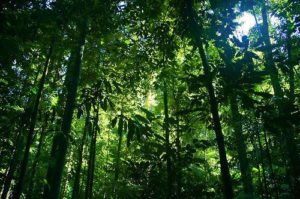
Reclaimed Lumber is Cool
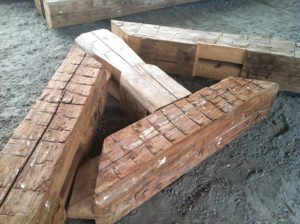
Sustainable Forestry Increases Biosequestration
Biosequestration is more than a game winning Scrabble word. It is the natural process where Carbon is separated from the atmosphere and locked into organic matter. We all know that we human breathe out Carbon Dioxide while plants breathe it in, capture the Carbon and exhale Oxygen. Some call this a Carbon sink and this principle is a major puzzle piece in the Global Warming theory. The more Carbon we can keep out of the atmosphere the less greenhouse gases will be present. The Carbon remains part of the organic matter forever even when the tree dies and rots away into the soil. When the tree is burned however, the combustion process releases that Carbon into the atmosphere. So as long as we keep the wood in wood form we are capturing Carbon indefinitely.
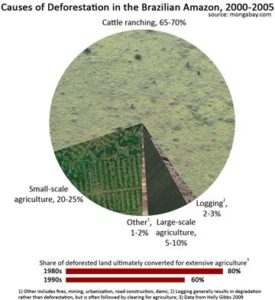
This is all well and good but the fewer trees there are to capture the Carbon in the first place the more will be in the air. This is why deforestation is such a hot topic in environmental circles and why the lumber industry is constantly vilified. It’s funny when you think about it because as I said above, the lumber mills have more of an interest in keeping the forest plentiful. Moreover, by continually renewing a forest through replanting there are always trees present in rapid growth mode. These growing trees are gobbling up oxygen like a teenage boy eats Hot Pockets (so the commercial tells me) and sequestering Carbon in the process. A fully mature tree is still doing this as well but at a much, much lower rate. In fact long range studies have shown that old growth forests “operate” actually at a net loss of Carbon. Now think about the fire hazards that come with unmanaged forests. Remember what I said above about how burning releases trapped Carbon? Now a forest left to it’s own devices is capturing less Carbon while also releasing it at an alarming rate during forest fires. It seems to me that sustainable forestry practices are the best of all possible worlds. We take care of our forests ensuring a renewable supply of time tested, superior building materials while decreasing the Carbon in the atmosphere.
When you look beyond the environmental benefits and factor in the jobs created all the way up and down the pipeline and the simple and honest beauty that wood construction has, one has to ask the question:
Why would you build with anything but wood??

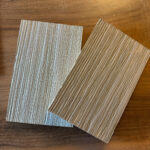
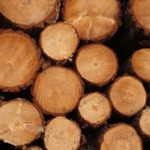
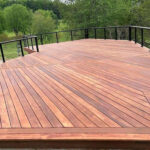
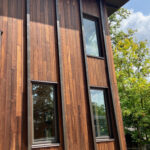




Hi Shannon,
I just read your article on Sustainability and stewardship.
Do you have any additional information regarding the supply chain for you exotic hardwoods?
Specifically the tropical species.
I have had customers in the past, and expect to have more in the future who have asked me some detailed questions regarding exotic hardwood sustainability and would like to understand the subject more fully.
Thank you
Wes
Happy to help Wes. First off we are the importer of record so we buy the material directly from abroad. This cuts out a lot of intermediate parties that can muddy the trial of where the lumber came from. Second, we have been doing business with our suppliers for decades and have gained an intimate knowledge of their practices and where their land concessions are. In many instances we have visited those concessions personally and watched the process. So to understand the supply chain isn’t that cut and dried as it will vary from species to species and supplier to supplier and country to country. The reputable mills will have long term forestry management plans and long paper trails detailing how, where, and when they do their cutting. While this information isn’t exactly public domain, if you ask, the mills will provide the documentation and provenance you need. Again, there are a lot of variables in play so each situation has to be treated as unique. The best bet is to buy from a direct importer like ourselves so you can get first hand knowledge of the supply chain.